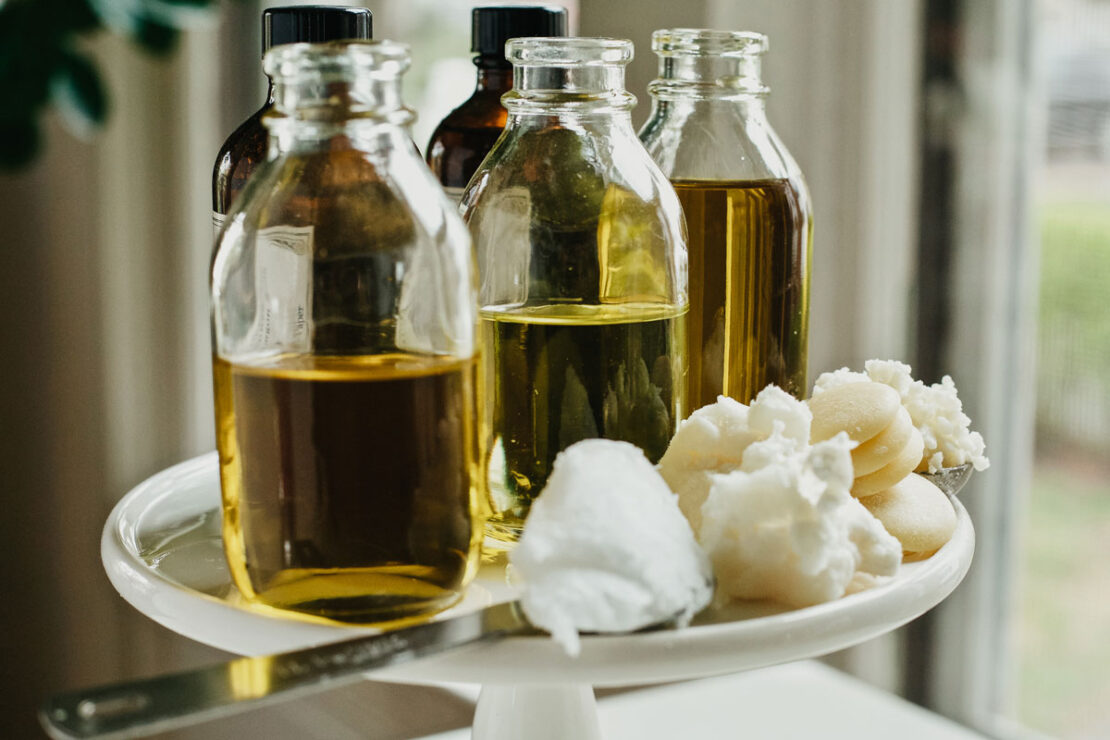
The Core Carrier Oils: How to Store Them Properly
This excerpt on core carrier oils is from the book The Carrier Oil Palette by Jade Shutes and Sherilyn Siegmund-Roach and is reprinted with permission from The School for Aromatic Studies.
Carrier Oil Storage
Carrier oils deteriorate via two separate processes: oxidation and spoilage. To prevent such deterioration, you must protect carrier oils from light, air, heat (oxidation), and microbes (spoilage). Storing them in tightly sealed containers in cool, dark locations protects them from both forms of deterioration and maximizes their shelf lives.
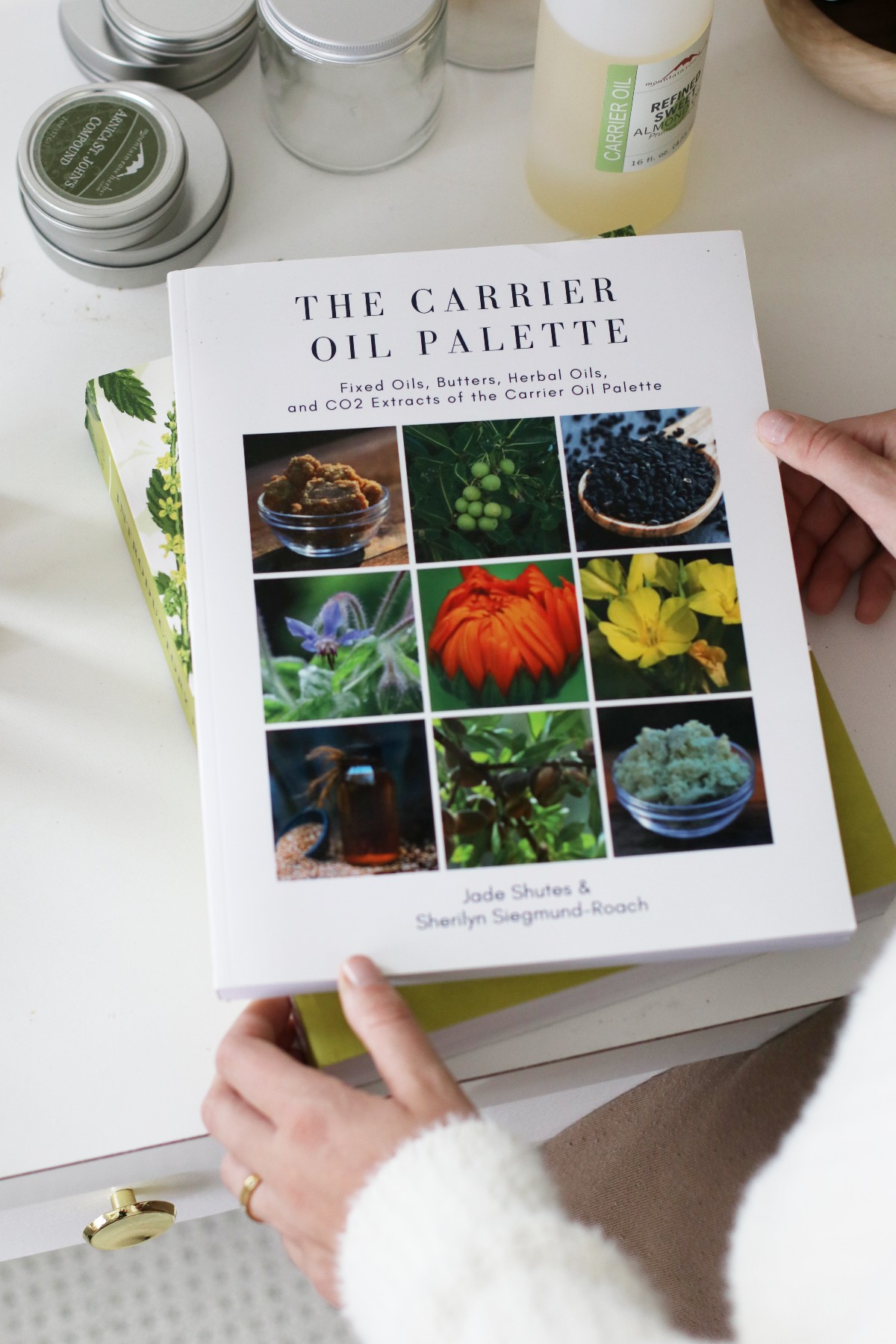
Oxidation
Light and oxygen can cause lipid peroxidation processes where fatty acids undergo reactions that produce peroxides and hydroperoxides, causing the oil to become rancid. Rancid oils may be tacky or sticky and will smell “off.” If the oil has a color, that color may change or disappear altogether. Carrier oils can experience significant oxidation before we detect these changes, so do not wait for your oil to smell bad before you stop using it.
There are several problems with rancid oils. First, the fatty acids we value are no longer in the carrier oil. Second, the peroxides and hydroperoxides are highly irritating to the skin, and eating rancid oils can cause or exacerbate various diseases. Third, the smell and change in the texture of a rancid carrier oil are unpleasant. Finally, once an oil is rancid, it cannot become fresh again and must be thrown out.
Antioxidant substances will oxidize more readily than fatty acids, which is how they “protect” the carrier oils and maximize their shelf lives. Many carrier oils contain naturally-occurring antioxidant ingredients, which, in effect, sacrifice themselves by reacting with unstable molecules called free radicals. Eventually, these antioxidant molecules and any additional antioxidant ingredients in your product will have reacted, leaving only the other chemicals in the carrier oil to oxidize. As you increase temperature, you increase the rate of these oxidation reactions.
Spoilage and Decomposing
Carrier oil spoilage requires the growth of microorganisms, such as bacteria or fungi. Once microbes in the environment infect an open container through the air or direct transfer, such as on a tool or finger, moisture and warmer temperatures support and encourage the microbes’ multiplication and growth. Careful storage (cool, sealed) can prevent or minimize such growth in carrier oils and their products.
Fungal growth on a carrier oil is easiest to see, and it may appear as cloudiness or fogginess within the oil or as a fuzzy growth. The part of a fungal growth you might see, such as the fuzzy spot at the top of an oil, is only a tiny part of the fungal organism, which grows in long threads, called mycelium. If you spot any fungal growth, you can be confident that it has spread through much more of the product.
Bacterial growth is similar in that bacteria are so small that a spot of bacterial growth represents thousands of individuals. Bacterial growth is more challenging to identify or see but is just as insidious and destructive as fungal growth.
Often, a key indicator of spoiled or decomposing carrier oils is a softening, thinning, or liquifying of the oil or butter that does not result from an increase in temperature (melting). If this occurs, the bacterial or fungal growth will be beyond what you can identify visually, possibly affecting the whole container.
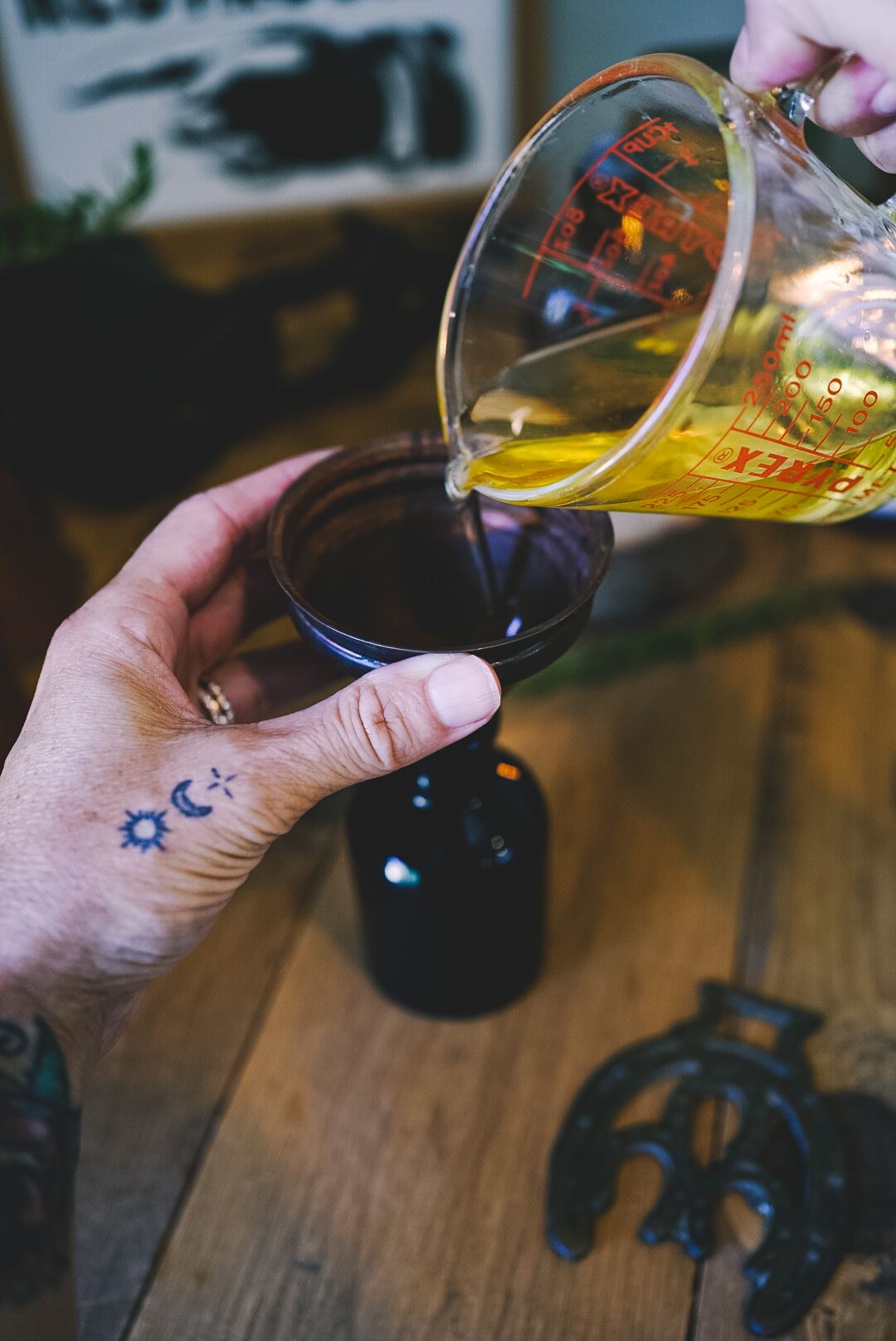
Refrigeration v. Shelf Storage
Some carrier oils, especially those high in PUFAs, may benefit from refrigeration, as identified in their monographs. However, others, often those with more SFAs, may separate, become solid, or become more difficult to use under refrigeration. Refrigeration is not necessary or recommended for most carrier oils.
Some butters, such as coconut oil, have melting points close to room temperature. Depending on their surrounding temperature, they may become harder, softer, or melt into a liquid. These changes will not usually affect quality, other than the oxidation rate, but they may affect how you store these butters or products that contain them.
Antioxidants and Preservatives in End Products
If your final products contain only carrier oils and waxes, the addition of an antioxidant ingredient is helpful to maximize the product’s shelf life, but a preservative is not necessary. Products that include water require a preservative to maximize product shelf life. For personal product use, only making up as much product as can be used within a reasonable period is the best way to avoid the problems associated with lipid peroxidation and microbial growth.
Adding antioxidant and preservative ingredients to your pure carrier oils is not always practical, especially with butters, so proper storage conditions are critical to making your carrier oils last as long as possible. Eventually, often within 12-24 months of opening, carrier oils will oxidize, even if they do not spoil, so it is best that you only purchase as much as you can use within a year or so.
Proper Storage
Therefore, proper storage for all carrier oils and butters requires they be kept away from light, particularly UV light, sealed to prevent contact with oxygen and water, and in cool temperatures to avoid melting and minimize the rate of oxidation reactions.
Are Essential Oils Antioxidants?
Do not consider essential oils as antioxidant ingredients. If an essential oil operates as an antioxidant within a product, they will also sacrifice themselves, reacting with free radicals, thereby losing their therapeutic value. Protect both the essential oils and carrier oils in your products by adding an appropriate antioxidant ingredient.
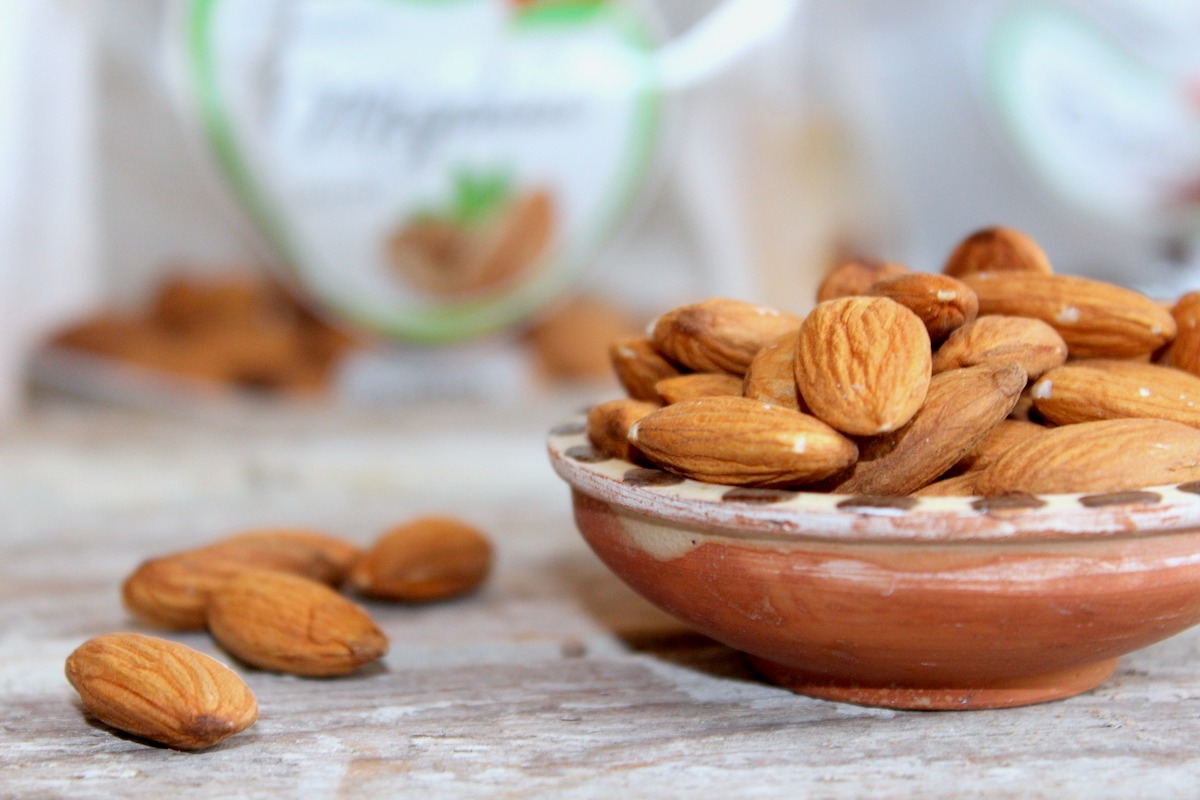
Sweet Almond (Prunus amygdalis var. dulcis)
Common names: Sweet Almond
Scientific name: Prunus amygdalis var. dulcis (Mill.)
D.A. Webb
Botanical family: Rosaceae
Conservation status: Not yet assessed
Description: Almond is a deciduous large, many-stemmed shrub or tree in the Rosaceae family native to Western Asia and Northern Africa. The tree grows 10-15 feet tall (sometimes up to 30 feet) and is equally wide. Flowers, borne laterally on spurs or short branches, are fragrant, five-petaled, light pink to white, and grow singly or in pairs in early spring before leaves emerge. Leaves are lanceolate to oblong-lanceolate, serrate, green, and grow to 5 inches in length. The fruit, an oblong drupe, matures 7-8 months after the flowers appear and splits open to disclose the stone inside. P. dulcis grows best in deep, fertile, well-drained loamy soil in full sun.
The genus name Prunus refers to the Latin for “plum” or “cherry tree;” the specific epithet dulcis means “Sweet.”
Ethnobotany: Ayurvedic, Chinese, and Greco-Persian schools of medicine used almond oil to treat dry skin conditions, including psoriasis and eczema. These and other ancient civilizations also valued its emollient and scar-healing properties. Almond oil has been used to improve complexion and promote soft, healthy skin.
Prior to 3,000 BC, before almonds were cultivated, wild almonds were harvested as a rich nutritional source. These contained high concentrations of a constituent that, when crushed or chewed, is converted to hydrogen cyanide. Wild almonds were thus first roasted or leached to purge the toxins.
EXTRACTION INFORMATION
Country of origin: Italy, Spain, USA
Part of plant: Seed
Oil content: 18-25%
Extraction method: Cold pressing
MANUFACTURING INFORMATION
CAS number: 8007-69-0 / 90320-37-9
EC number: 291-063-5
INCI name: Prunus Amygdalis Dulcis (SweetAlmond Oil) or Prunus Dulcis
CosIng (functions): Fragrance, Hair conditioning, Perfuming, Skin conditioning
SHELF LIFE
12-24 months
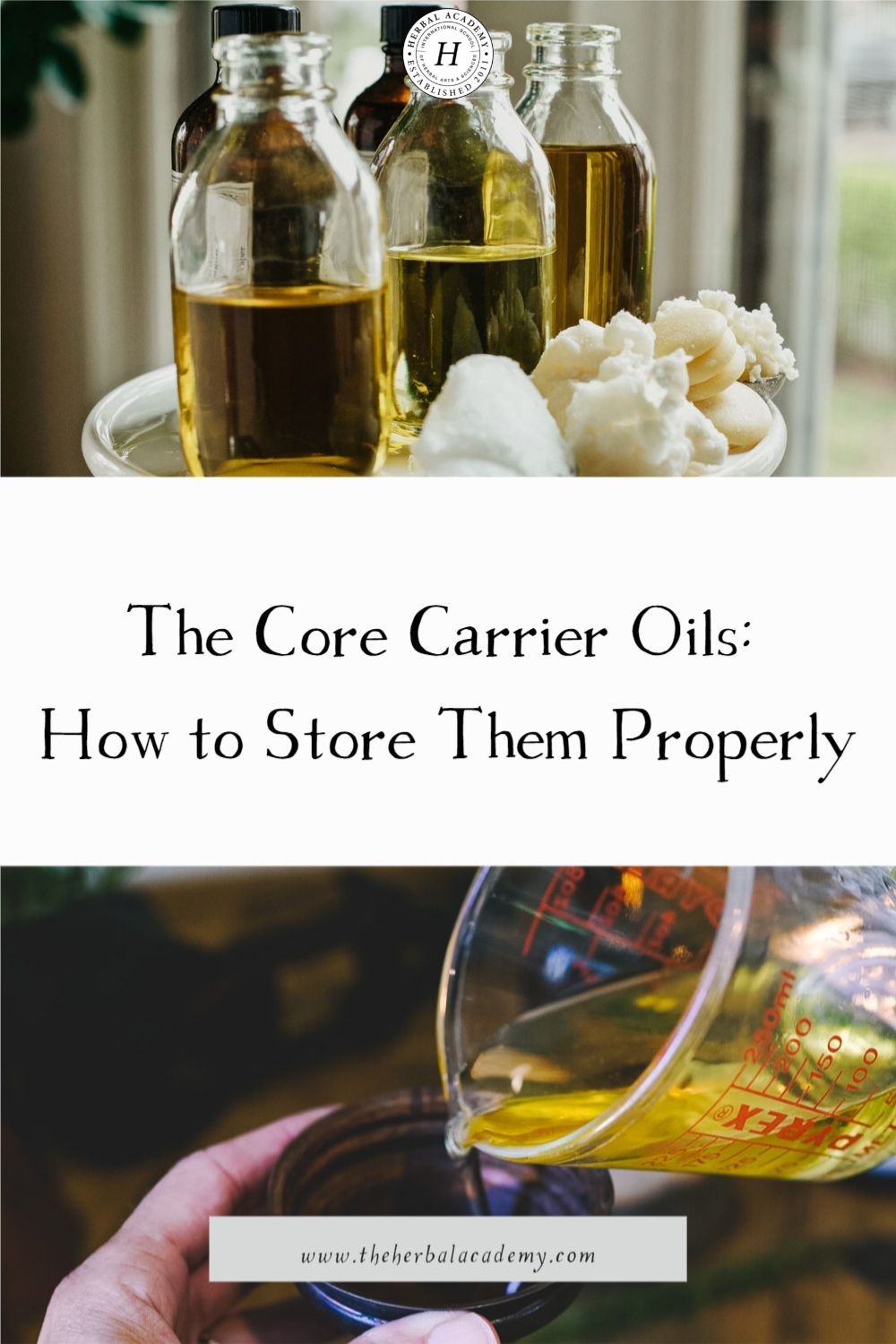
Jade Shutes, BA, Dipl. AT., Herbalist, CCA
Jade Shutes is an aromatherapist, herbalist, writer, researcher, aromatic and medicinal plants gardener, and an aromatic distiller. She holds a Diploma in Holistic Aromatherapy, Holistic Massage, Anatomy and Physiology, and Reflexology from the Raworth College of Natural Medicine in Dorking, UK, and a Diploma in Aromatherapy from the International Therapist Examining board (ITEC). She also holds certificates in herbal medicine.
Jade is the founder of the School for Aromatic Studies (aromaticstudies.com). She has also served two highly successful and rewarding terms as NAHA President (2000-2003 and 2013-2015) and was pivotal in setting educational standards for aromatherapy education. She is the author of “Aromatherapy for Bodyworkers”.
Jade is currently the steward of 70 acres of land in Virginia, Yarrow Mtn. Farm, where she offers distillation, botanical body care, and aromatherapy retreats. She also offers transformational retreats for women.
Sherilyn Siegmund-Roach, B.A., MSc., CCA
Sherilyn Siegmund-Roach has always been fascinated by the natural world and the miraculous complexities of both the human body and ecological systems. With her academic degrees in biology and science education, it was natural that phytotherapy would become a vital part of her life after she retired from a 24-year career as a K-12 public school math and science teacher. Sherilyn completed the clinical level Scholars Program at Aromahead Institute and is a professional member of both the National Association for Holistic Aromatherapy and the Alliance of International Aromatherapists.
She shares her love of herbs and essential oils with her extended family (4 generations) and friends. Her clinical aromatherapy practice, Golden Heart Essentials, has included consulting and providing education for hospice programs, as well as teaching, writing, and editing for online phytotherapy academies.
In her continuing studies, Sherilyn seeks out the best ways to combine herbs and essential oils to support a holistic approach to wellness. Sherilyn’s lifelong passions for learning and sharing continue to take her down new, exciting paths every day.







